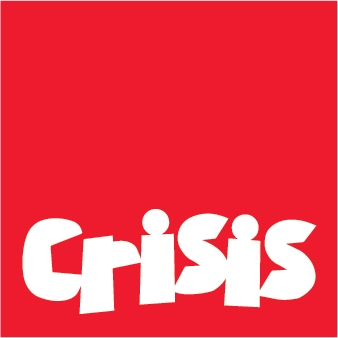Crisis Skylight An Evaluation (2014)
04.06.2014
Crisis Skylight services are designed to transform the social and economic position of single homeless people. This report details the results of the first year of a three-year evaluation of Skylights in Birmingham, Edinburgh, London, Merseyside, Newcastle and Oxford.
Key findings
- The main focus of the Skylight is on education, employment and arts-based activities. Arts-based activities, including performance, creative and visual arts are offered with a focus on building selfconfidence and social skills. Alongside this, the Skylights offer extensive, accredited, basic-skills, intermediate level education and vocational training. The Skylights work with external providers of arts based activities, education and training to allow the people using Skylights to be referred on to further develop specific skills or enhance their level of education or training.
- The Skylights also offer specific support with job seeking, ranging from CV development through to mock interviews and job searching. Crisis Changing Lives grants are also available to enable the homeless people using Skylight to develop their own business ideas, become self-employed using artistic talent or pay for further education and training.
- Services are delivered through classes, group based sessions and one-to-one support. Some forms of one-to-one support are targeted primarily on homeless people with higher needs. All services and support reflect the personalisation model of service delivery, emphasising choice and control for people using a service within a framework of mutual respect and tolerance. The homeless people using Skylight are viewed and referred to as members of Crisis Skylight rather than as clients or service users.
- Skylights are one of the most systematic, comprehensive and focused attempts to increase the social integration of homeless people through targeted services ever attempted. While other relatively large scale services focused on socioeconomic reintegration of homeless people have been developed around the world, these services do not generally have the same breadth of service provision or the scope of ambition found in the Crisis Skylight Programme.
- During 2012 and 2013, 10,256 people made use of a Skylight. There is evidence that a majority of members of Crisis Skylight attend at least several sessions of education or support alongside evidence of more sustained use of Skylights. Skylights are successfully engaging with a wide range of homeless people, including homeless women, migrants experiencing homelessness in the UK and chronically homeless people.
- Skylight members often reported a view that using a Skylight service had improved their outlook for the future. Skylight services are viewed very positively by a clear majority of the people who use, work within and work alongside the Skylights. In 2013, there was extensive endorsement of the quality, range and effectiveness of Skylight services across all six of the Skylights included in this evaluation.
- Tangible achievements are being delivered by the Skylights. During 2012 and 2013, 852 paid jobs were secured, 3,904 exam passes and certifications were gained by Skylight members. During the same period, 1,191 referrals from Skylights to externally provided further education and training were taken up by Skylight members. In 238 instances, improvements in mental health were recorded, while improvements in housing situation were recorded in 680 cases.
Reference
Pleace, N. & Bretherton, J. (2014) Crisis Skylight An Evaluation Year One Interim Report. London: Crisis.

